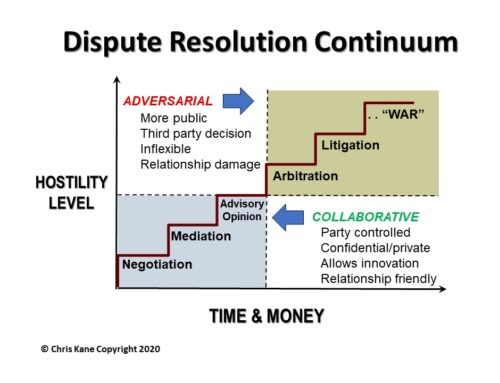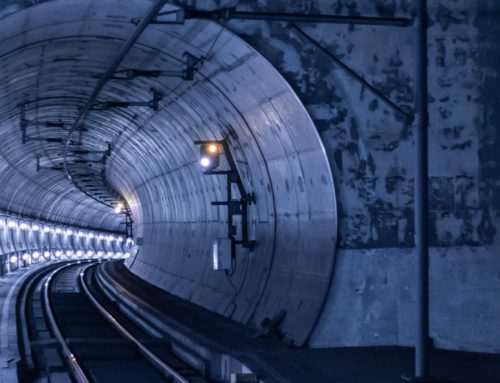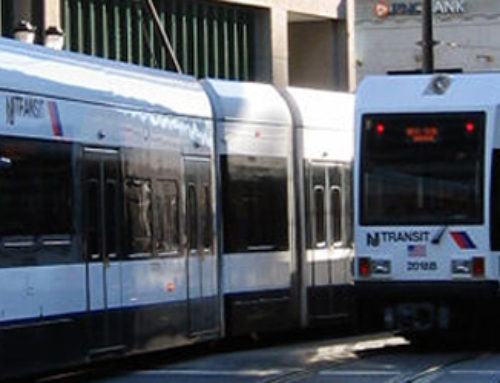Over the past 5 decades, infrastructure development has been going through several paradigm shifts on how to best get major projects approved and implemented. During this time, the industry has seen some continuing positive trends in implementing the elements of Mega Projects. This article identifies several of these trends, which should be emphasized in our coming renewal of infrastructure. The paradigm shifts in development, project delivery, funding and dispute resolution are along the lines of 4 significant changes in direction.
1. Moving participants and local communities from acting as adversaries –> to problem-solving partners and collaborators (example using structured consensus building in permitting and decision-making) – Benefits can include such things as:
o Streamlining the environmental process with better transparency and management
o Achieving broader and earlier support by addressing concerns in a proactive structured process
o Creating a management framework accountable for time and cost control of pre-development
2. Moving from piece-meal design-bid-build project delivery –> to a much more integrated life cycle approach (example fully integrated, performance-based, public-private partnerships). Benefits can include such things as:
o Producing earlier project openings and lower overall whole life costing
o Single-source responsibility, improving management and reducing claims
o Creating incentives for innovations and for private sector financing
3. Moving from primarily public sector funding for a large share of costs –> to greater funding from local/regional stakeholders and beneficiaries (example users fees and/or beneficiary assessment districts). Benefits can include such things as:
o Establishing more “skin in the game” for local communities
o Requiring those that benefit the most from the project, to contribute to its funding
o Producing long term revenue streams through value capture and improvement districts
4. Moving from after-the-fact dispute resolution in litigation or arbitration –> to early conflict prevention and resolution (example planned early conflict resolution assisted by mediators and neutral advisors). Benefits can include such things as:
o Dispute provisions encouraging early negotiated settlements at the lowest possible level
o Maintaining the best possible relationships on the project and with all the stakeholders
o Fostering an environment of collaboration and problem solving rather than the “blame game”
Complex and complicated project such as large transit projects and large storm water resiliency projects are the types of infrastructure projects that can bring multiple benefits to communities and the environment. in order to maximize the benefits these paradigm shifts need to be strongly promoted. Two examples of these types are: the $10B+ Gateway Hudson Rail Tunnel Project about to start in New York City ; and the $2B+ Resiliency and Adaptation Projects needed for Charleston, SC.
 Both projects are Mega-Projects which will solve urgent needs: 1) adding much needed capacity and redundancy to the highly congested Northeast transit corridor, and; 2) adding protection from sea-level rise, flooding and storm surges to keep a coastal city viable. Both projects have been authorized federal funding but require a substantial match from the local and regional governments and a way to accelerate delivery. Participants must strive for much more effective project development, project delivery, long term asset management and a sustainable funding stream to accelerate delivery and to support financing.
Both projects are Mega-Projects which will solve urgent needs: 1) adding much needed capacity and redundancy to the highly congested Northeast transit corridor, and; 2) adding protection from sea-level rise, flooding and storm surges to keep a coastal city viable. Both projects have been authorized federal funding but require a substantial match from the local and regional governments and a way to accelerate delivery. Participants must strive for much more effective project development, project delivery, long term asset management and a sustainable funding stream to accelerate delivery and to support financing.
Over the next several weeks, I would invite and encourage you to posts any thoughts and comments on Linkedin or my website and help create a dialogue around more ways for improvements to mega-project delivery.
by Chris Kane P.E., J.D.






Leave A Comment